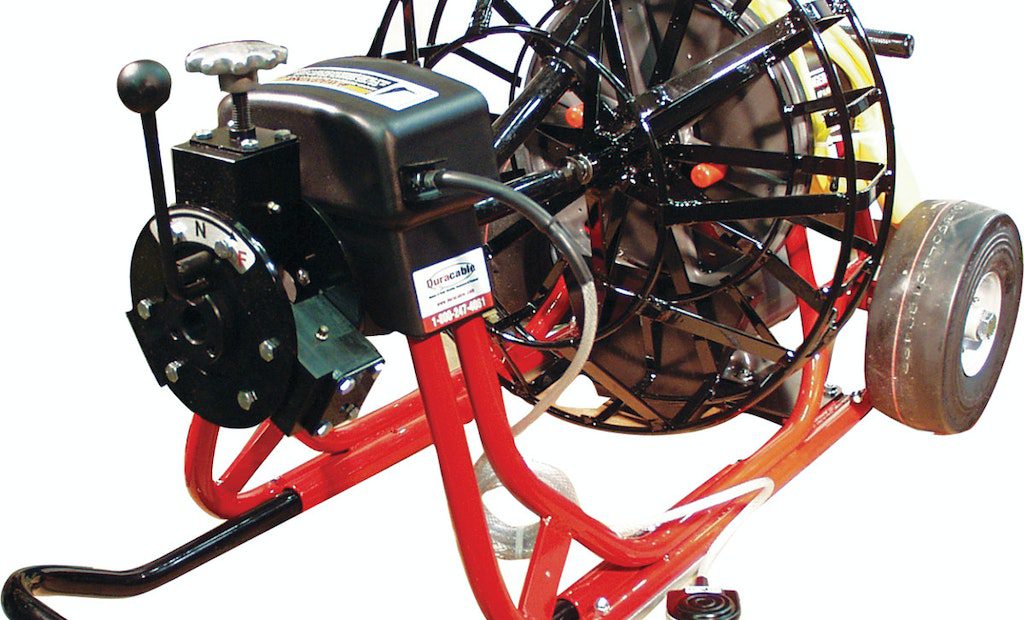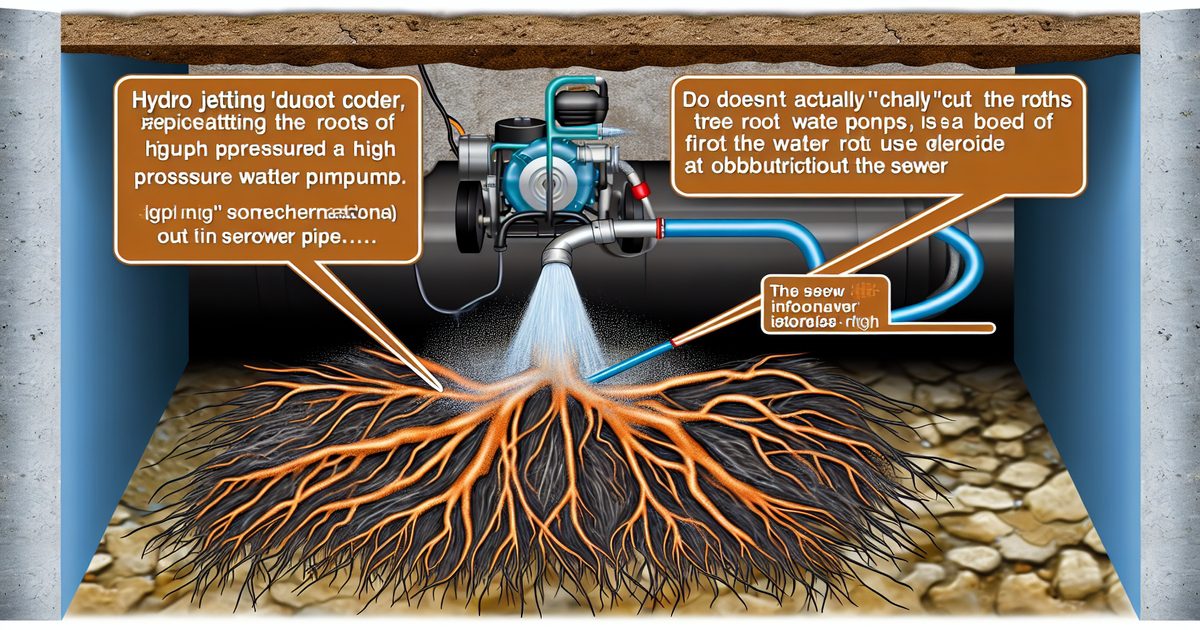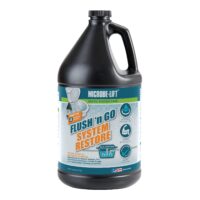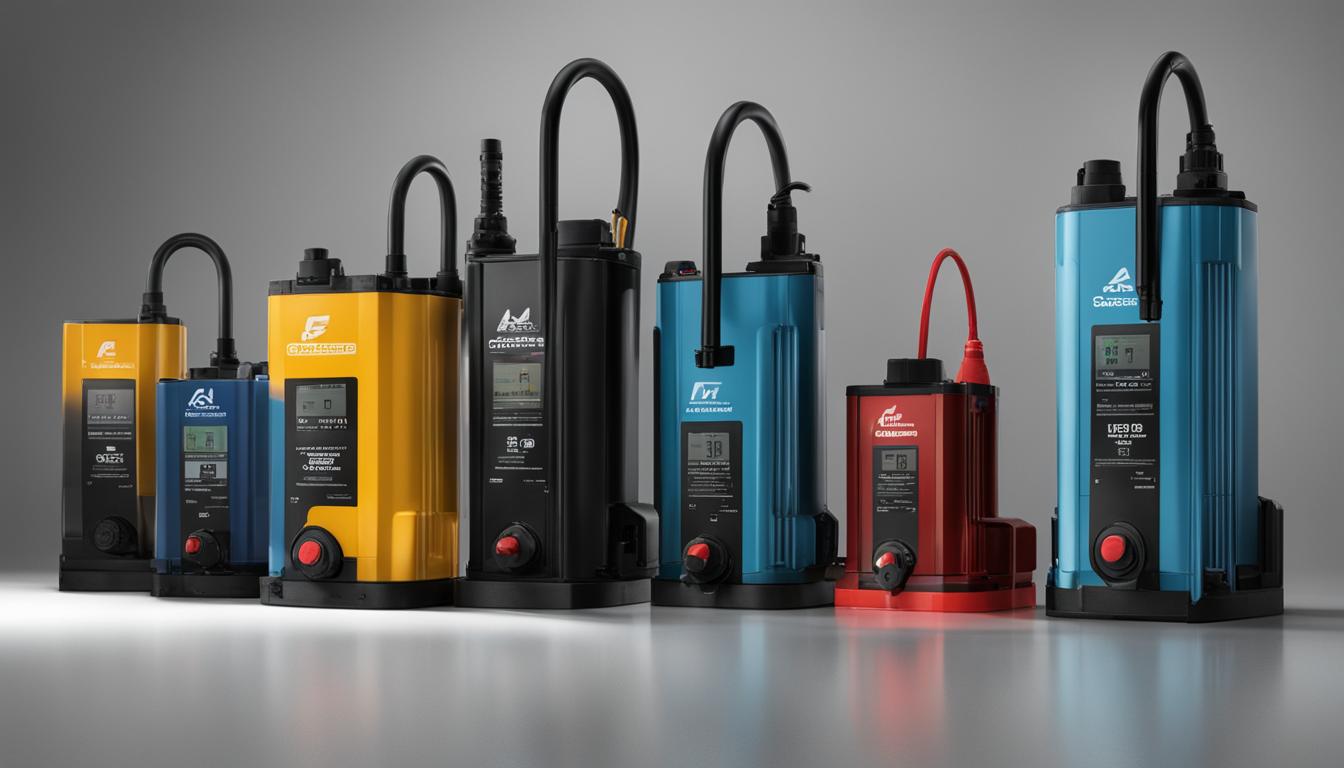To go from septic to sewer, you’ll need to hire a licensed plumber to disconnect the septic tank and connect your home’s plumbing system to the municipal sewer line. This process involves excavation work, installing new pipes, and obtaining the necessary permits.
Making the transition from a septic system to a sewer connection can offer numerous benefits for homeowners. Not only does it eliminate the need for routine septic tank maintenance and potential failures, but it also ensures a more reliable and efficient disposal of wastewater.
Moving to a sewer connection involves a series of steps, including hiring a licensed plumber, obtaining permits, and conducting excavation work. This article will guide you through the process of going from septic to sewer, providing you with the necessary information to make an informed decision and smoothly transition to a sewer system.
Advantages Of Switching To A Sewer System
The switch from a septic system to a sewer system offers numerous advantages, including reduced maintenance and costs. With a septic system, regular pumping and inspections are necessary to ensure proper functioning, which can be time-consuming and expensive. However, when connected to a sewer system, these maintenance tasks are significantly minimized. Sewer systems also provide improved sanitation and cleanliness. Unlike septic systems that rely on the natural breakdown of waste, sewer systems transport waste to a central facility for treatment. This process eliminates the risk of contamination and odor associated with septic systems. Sewer systems also promote environmental sustainability by reducing the potential for groundwater pollution. By making the switch, homeowners can enjoy a reliable and efficient wastewater management system, while also contributing to a healthier and cleaner environment.

Credit: issuu.com
Steps To Transitioning From Septic To Sewer
Familiarize yourself with local regulations and requirements. Before beginning the process of transitioning from a septic system to a sewer system, it is essential to understand the specific regulations and requirements in your local area. Researching the codes and permits necessary for connecting to a sewer system in your region will help ensure a smooth transition.
Assess the feasibility of connecting to a sewer system. Determine if connecting to a sewer system is a viable option for your property. Factors such as proximity to a sewer main, availability of connections, and cost should be considered. Consulting with a professional plumber or sewer system expert can help assess these factors and provide guidance.
Choose a reputable contractor for the installation process. When transitioning from a septic system to a sewer system, it is crucial to choose a reputable contractor who specializes in sewer line installation. Look for licensed and experienced professionals who can efficiently and effectively handle the installation process. Ask for recommendations from friends or family, and always check for reviews or testimonials before making a final decision.
Assessing The Feasibility Of Connecting To Sewer
Assessing the feasibility of connecting your property to a sewer system involves evaluating two key factors: the proximity of existing sewer lines and the soil conditions/topography of your property.
Firstly, determining the proximity of your property to existing sewer lines is crucial. This can be achieved by consulting local authorities or sewer utility companies who can provide information on the location of sewer lines in your area. It is important to assess the distance between your property and the nearest sewer line, as the closer you are, the more feasible the connection becomes.
Secondly, evaluating the soil conditions and topography of your property is vital. This assessment helps determine if the soil type and terrain are suitable for sewer line installation. Soil that is too rocky or filled with obstacles may add significant costs to the connection process. Additionally, factors like elevation and the presence of natural barriers need to be considered to assess the technical feasibility.
By considering these two factors, you can determine whether connecting to a sewer system is a viable option for your property.
Choosing A Contractor For Sewer Installation
When choosing a contractor for sewer installation, it is important to thoroughly research local contractors and read reviews from previous customers. This will give you insight into their reputation and the quality of their work. Additionally, obtaining multiple quotes from different contractors will allow you to compare their prices and services. However, price should not be the only factor to consider. It is crucial to ensure that the contractor you choose is licensed and experienced in sewer installation. This will provide you with peace of mind knowing that the job will be done properly and up to code.
Obtaining Permits And Approvals
When transitioning from a septic system to a sewer connection, it is crucial to obtain the necessary permits and approvals. These permissions must be secured in order to ensure a smooth and compliant transition to the new sewer infrastructure.
Understanding the permit application process is essential when it comes to transitioning from a septic system to a sewer connection. To begin, it is vital to prepare the necessary documentation, which may include property surveys, construction plans, and soil test results. These documents demonstrate compliance with local regulations and requirements. Once the documentation is complete, the next step is to submit the application and pay any fees. This can typically be done online or at the local government office. The permitting process may involve a review period during which the application is evaluated for compliance with zoning, environmental, and safety standards. If approved, the necessary permits and approvals will be granted, allowing the project to proceed.
Preparing For Sewer Installation
| Schedule a site visit with the contractor |
| Clear the area where the sewer line will be installed |
| Make any necessary adjustments to your property |
Before undergoing the process of converting your septic system to a sewer system, there are several important steps that need to be taken to ensure a smooth transition. Firstly, it is crucial to schedule a site visit with the contractor. This will allow the contractor to assess your property and provide you with an accurate estimate of the installation costs and timeline.
Next, it is essential to clear the area where the sewer line will be installed. Removing any obstructions such as trees, shrubs, or debris will make the installation process much easier and efficient.
Lastly, you may need to make any necessary adjustments to your property. This could involve rerouting landscaping features, such as flower beds or driveways, to accommodate the new sewer line. Additionally, any underground utilities or structures that may be affected by the installation should be addressed beforehand to avoid any damage or disruption.
The Sewer Installation Process
The Sewer Installation Process: Installing a sewer system involves several essential steps. First, excavating and laying the sewer line is crucial. This process requires digging a trench in the ground and carefully positioning the sewer pipe. Once the trench is prepared, the sewer line is placed and secured, ensuring proper alignment and connection.
Connecting your property to the sewer system: After laying the sewer line, the next step is to connect your property to the system. This involves cutting into the existing septic tank outlet and attaching a new sewer pipe. It is essential to ensure that the connection is properly sealed to prevent any leakage or contamination.
Inspecting and testing the new sewer connection: Once the installation is complete, the new sewer connection needs to be inspected and tested. This process involves checking for any potential leaks or blockages and ensuring that the system is functioning correctly. Professional plumbers use various techniques, such as smoke tests or water flow tests, to validate the new sewer connection’s integrity.
Disposing Of The Septic System
Safely decommission the septic tank by following these steps:
- Pump out and dispose of the septic waste properly. Contact a licensed professional who specializes in septic tank pumping and removal. They will safely pump out the entire contents of the tank, ensuring no spillage or contamination occurs. The waste should be transported and disposed of at an approved facility in accordance with local regulations.
Maintaining Your New Sewer System
Bold and italicize the important phrases and sentences.
One of the most crucial aspects of maintaining your new sewer system is understanding proper sewer maintenance practices. Regular inspections and cleanings should be scheduled to ensure the system is functioning optimally. By identifying and addressing any issues promptly, you can prevent further problems that may arise. Remember to stay proactive and observant when it comes to your sewer system’s performance. Promptly addressing any concerns will help you avoid costly repairs in the future.
Keeping up with regular maintenance practices is essential for the longevity and efficiency of your new sewer system. By doing so, you can enjoy a hassle-free sewer system that operates smoothly and reliably for years to come.
Frequently Asked Questions Of How To Go From Septic To Sewer
How Much Does It Cost To Convert Septic To Public Sewer In Nj?
Converting septic to public sewer in NJ costs vary depending on factors like location, current infrastructure, and permit fees. Contact a licensed contractor for an accurate estimate tailored to your specific situation.
How Many Loads Of Laundry Can I Do With A Septic Tank?
A septic tank can typically handle about 8-10 loads of laundry per week.
What Are The Disadvantages Of A Septic Tank?
Septic tanks have some drawbacks. They require regular maintenance, such as pumping out the solids. Septic systems can also be affected by heavy rainfall and flooding, leading to system failure. It is important to avoid flushing certain items, like grease or chemicals, as they can cause damage.
What Are The Pros And Cons Of Septic Tank?
The pros of a septic tank include cost savings, low maintenance, and its ability to function in remote areas. However, cons include potential odors, risk of leaks, and the need for regular pumping. Overall, septic tanks provide an efficient and convenient wastewater disposal solution.
Conclusion
Upgrading your septic system to a sewer connection is a vital step towards a more efficient and hassle-free waste management system. By following the necessary steps and seeking professional assistance, you can ensure a smooth transition from septic to sewer.
From understanding the differences between the two systems to obtaining necessary permits and coordinating with contractors, this blog post has provided you with valuable insights and guidance. Now, take action and enjoy the benefits of a modern and reliable sewer system for your property.






